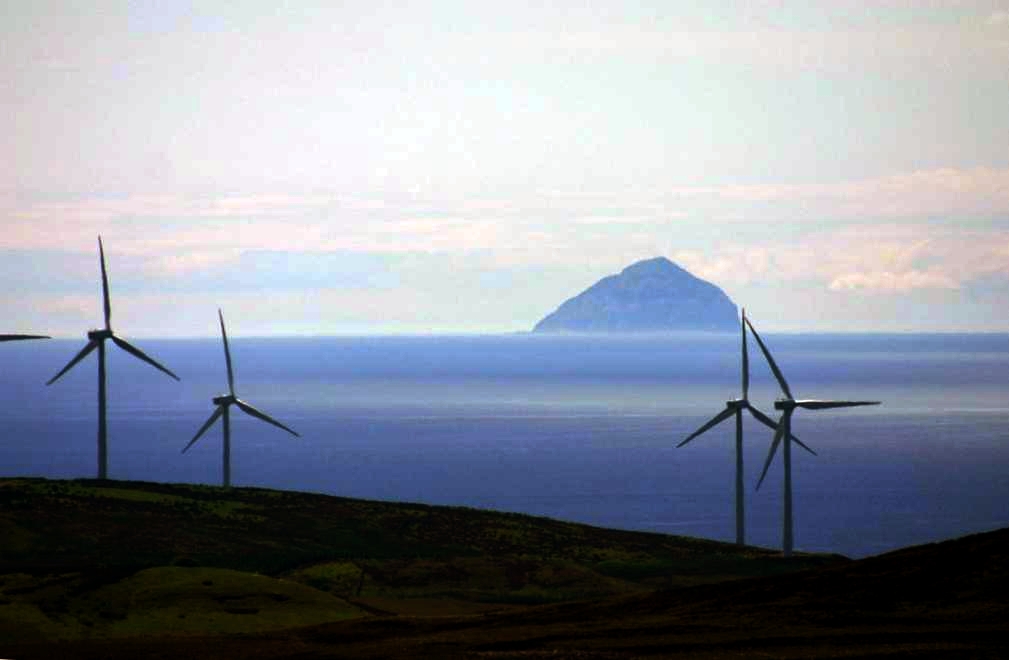The Greatest Guide To Renewable Energy Archives – Factcheck.org
Table of ContentsThe Greatest Guide To Energy Atlas: Facts And Figures About Renewables In …Careers In Solar Power : U.s. Bureau Of Labor Statistics Fundamentals ExplainedThe Only Guide to Clean, Green Grid – California IsoA Biased View of Switching To Renewable Energy? Get The Facts – Greenpower
Renewable resource is energy from sources that are naturally replenishing but flow-limited; sustainable resources are virtually limitless in period but restricted in the amount of energy that is offered per system of time. Download image U.S. main energy intake by energy source, 2019 total = 100.2 quadrillion British thermal units (Btu) total = 11.4 quadrillion Btu 2% – geothermal 9% – solar 24% – wind 4% – biomass waste 20% – biofuels 20% – wood 22% – hydroelectric biomass 43% renewable resource 11% natural gas 32% petroleum 37% nuclear electric power 8% coal 11% Note: Sum of parts might not equate to 100% due to the fact that of independent rounding.

Energy Info Administration, Monthly Energy Review, Table 1.3 and 10. renewable energy facts.1, April 2020, initial information Until the mid-1800s, wood was the source of nearly all of the country’s energy needs for heating, cooking, and lighting. From the late 1800’s till today, fossil fuelscoal, petroleum, and natural gashave been the major sources of energy.
Ever since, the quantities and the portion shares of total U.S. energy intake from biofuels, geothermal energy, solar energy, and wind energy increased, and in 2019, the combined percentage share of these renewable resource sources was higher than the combined share of wood and hydro energy. The usage of biofuels, geothermal, solar, and wind energy in the United States in 2019 was almost three times higher than in 2000.
energy usage. The electric power sector represented about 56% of overall U.S. renewable resource intake in 2019, and about 17% of total U.S. electricity generation was from sustainable energy sources. Renewable energy can play a crucial function in decreasing greenhouse gas emissions. Utilizing renewable resource can reduce making use of fossil fuels, which are the biggest sources of U.S.
Not known Factual Statements About Compare Green Energy Suppliers – Uswitch – Uswitch.com
The U.S. Energy Info Administration tasks that U.S. renewable resource consumption will continue to increase through 2050 – green energy. Last upgraded: June 22, 2020.
A renewable resource certificate, or REC (pronounced: rk), is a market-based instrument that represents the home rights to the ecological, social and other non-power qualities of renewable electrical power generation. RECs are provided when one megawatt-hour (MWh) of electrical energy is created and delivered to the electricity grid from a renewable resource resource.

Since the physical electricity we get through the energy grid states absolutely nothing of its origin or how it was generated, RECs play an essential function in accounting, tracking, and designating ownership to eco-friendly electrical energy generation and usage. On a shared grid, whether from on-site or off-site resources, RECs are the instrument that electricity customers should utilize to corroborate sustainable electrical energy use claims.

renewable resource market. RECs are supported by a number of different levels of government, regional electrical power transmission authorities, nongovernmental organizations (NGOs), and trade associations, in addition to in U.S. case law. For additional info, please see the Center for Resource Solutions paper on “The Legal Basis for Renewable Energy Certificates (PDF) (25 pp, 351K).”Exit REC Arbitrage is a green power procurement strategy utilized by electrical energy customers to all at once satisfy 2 objectives: 1) decrease the cost of their eco-friendly electricity usage and 2) validate sustainable electrical power use and carbon footprint decrease claims.
The Of 10 Incredible Renewable Energy Stats From Around The Globe
Both offsets and RECs represent the ecological benefits of specific actions that can help reduce GHG emissions. Offsets represent a metric lot of emissions avoided or decreased; RECs represent characteristics of 1 MWh renewable electrical power generation. Offsets and RECs, nevertheless, are basically different instruments with different impacts, representing various criteria for credentials and crediting in the context of stock or emissions footprint.
In 2019, sustainable energy sources represented about 11% of overall U.S. energy usage and about 17% of electrical energy generation. 11 Preliminary data. Learn more: Last updated: Might 6, 2020.
In any discussion about environment change, eco-friendly energy normally tops the list of changes the world can carry out to fend off the worst results of increasing temperature levels. That’s because renewable energy sources such as solar and wind don’t emit carbon dioxide and other greenhouse gases that contribute to worldwide warming.
All of those elements have actually contributed to an eco-friendly energy renaissance in the last few years, with wind and solar setting brand-new records for electrical power generation. For the past 150 years approximately, people have relied heavily on coal, oil, and other nonrenewable fuel sources to power everything from light bulbs to vehicles to factories.
How Careers In Solar Power : U.s. Bureau Of Labor Statistics can Save You Time, Stress, and Money.
As greenhouse gases trap heat in the atmosphere that would otherwise get away into area, average temperatures on the surface area are increasing. Worldwide warming is one symptom of environment modification, the term researchers now prefer to explain the intricate shifts impacting our world’s weather and climate systems. Environment change encompasses not just increasing average temperatures but also severe weather condition occasions, moving wildlife populations and environments, rising seas, and a series of other effects.